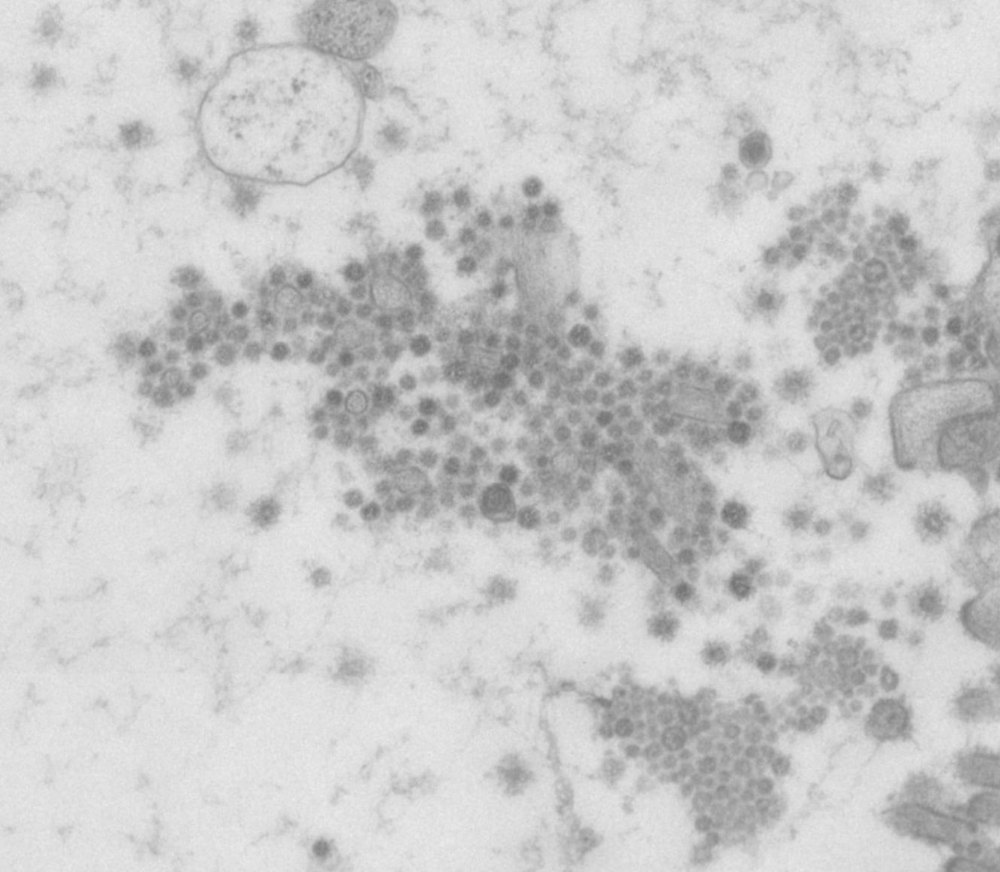Scientists have published some of the clearest images yet recorded of the coronavirus in a bid to learn more about the disease.
Researchers at the University of Dundee and the EMBL’s European Bioinformatics Institute (EMBL-EBI) shared the photos of the SARS-CoV-2 virus last Friday.
Scientists from the Hubrecht Institute in Utrecht, Erasmus MC University Medical Center Rotterdam, and Maastricht University in the Netherlands all came together to produce the images.
They show the formation of SARS-CoV-2 particles, the virus at the heart of the current COVID-19 pandemic, in a tissue model of the human gut as viewed in an ultra-powerful electron microscope.

It’s thought this may provide a significant breakthrough in understanding how the disease can infect the intestine.
The findings could explain why approximately one third of COVID-19 patients experience gastrointestinal symptoms such as diarrhoea, and why the virus often can be detected in stool samples.
Each of the images is greater than 30-50 GBytes – which is 500 to 1000 times larger than an image recorded on an iPhone.
Professor Swedlow said: “We’re excited to publish these important new datasets, where they can be seen by researchers around the world, who can also scan the images and view the SARS-CoV-2 virus up close on their computer.
“We have included annotations from the authors so anyone who reads the paper from the research teams in the Netherlands can easily see what the authors published, but also can examine other parts of the data and maybe make their own discoveries.
“This kind of sharing of data has never been more important than in our current situation where we urgently need to work together around the world to find out more about this disease and ultimately be able to treat or control it.”
Dr Ardan Patwardhan, who heads up the EMPIAR archive, said: “These images of SARS-CoV-2 virus particles in the context of COVID-19 patient tissue are of enormous value for the scientific community.
“The authors are to be commended for taking the initiative to make their data publicly available and we hope this will inspire others to follow suit.”

